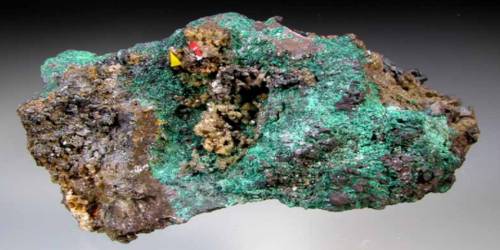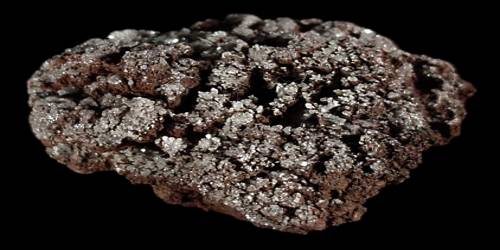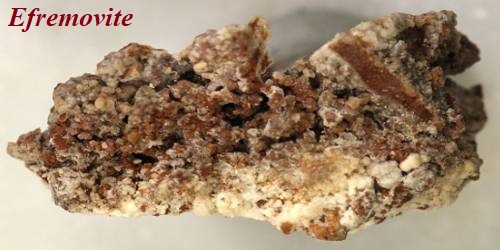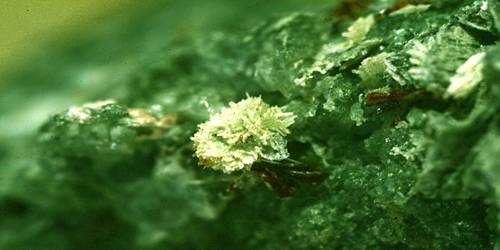Chlorargyrite is the mineral form of silver chloride (AgCl). It forms isolated and fleetingly small but rich deposits of silver ore. It is relatively common and has localities that possess fine material and/or large or pure quantities in Germany, the Czech Republic, England, Russia, the United States, Mexico, Chile, and Australia.
It was first described in 1875 for occurrences in the Broken Hill district, New South Wales, Australia. The name is from the Greek, chloros for “pale green” and Latin for silver, Argentum.
General Information
- Category: Halide
- Formula: AgCl
- Crystal system: Isometric
- Crystal class: Hexoctahedral (m3m)

Properties
This makes the few crystals that are seen all the more valuable. Crystals are generally found as cubes that have a pearly gray to brown color and the luster is a generally silky to resinous.
- Color: Colorless when fresh; alters to bright chartreuse-green, light yellow, light green, grey, violet-brown on exposure to light
- Crystal habit: Massive to columnar
- Fracture: Irregular/uneven, sub-conchoidal
- Tenacity: Sectile
- Mohs scale hardness: 1.5 – 2.5
- Luster: Adamantine, resinous, waxy
- Streak: White
- Specific gravity: 5.556
Occurrences
Chlorargyrite occurs as a secondary mineral phase in the oxidation of silver mineral deposits. It crystallizes in the isometric-hexoctahedral crystal class. Typically massive to columnar in occurrence it also has been found as colorless to variably yellow cubic crystals. The color changes to brown or purple on exposure to light. It is quite soft with a Mohs hardness of 1 to 2 and dense with a specific gravity of 5.55. It is also known as cerargyrite and, when weathered by desert air, as horn silver. Bromian chlorargyrite (or embolite) is also common. Chlorargyrite is water-insoluble.
It occurs associated with native silver, cerussite, iodargyrite, atacamite, malachite, jarosite and various iron-manganese oxides.
Information Source:
















